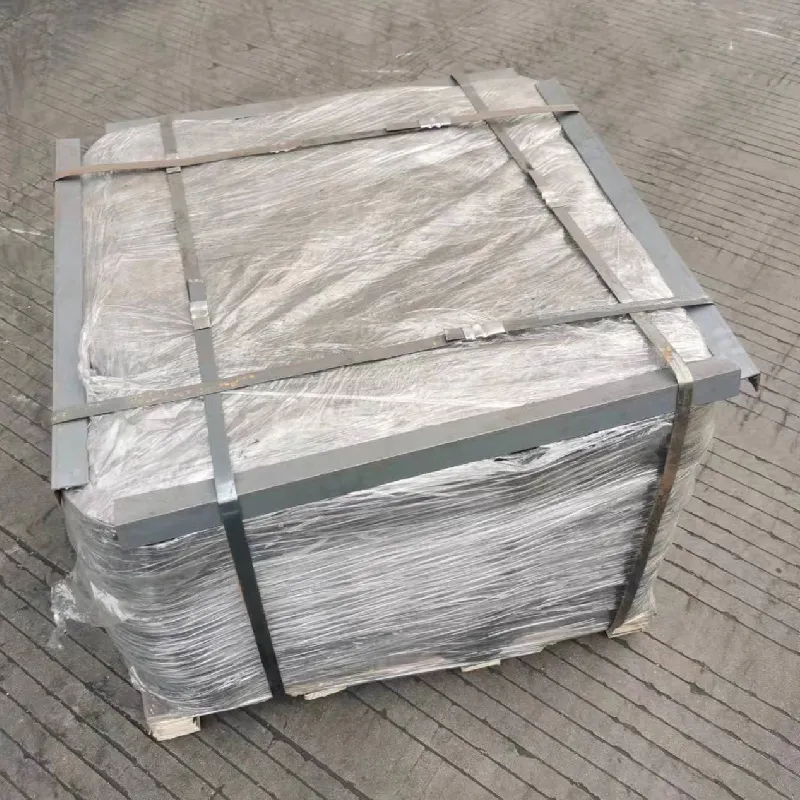butterfly valves & controls
The Importance of Butterfly Valves and Their Controls in Modern Industries
Butterfly valves are crucial components in various industrial applications, effectively regulating the flow of liquids and gases through a system. These valves are characterized by a simple rotational motion, where a disc is pivotally rotated in the flow passage. The design and functionality of butterfly valves make them an excellent choice for numerous industries, including water treatment, oil and gas, chemical processing, and power generation. In this article, we will explore the advantages of butterfly valves, their operational mechanics, and the importance of controls in maximizing their performance.
Understanding Butterfly Valves
Butterfly valves consist mainly of a disc, a body, and a stem. The disc is located in the center of the valve body and is connected to a rod that allows for rotation. When the actuator rotates the disc, the flow is either completely restricted when the disc is perpendicular to the flow or fully enabled when it is parallel. This design provides a quick and efficient way to regulate flow, making butterfly valves particularly useful in applications where space and weight constraints are a priority.
One of the significant advantages of butterfly valves is their lightweight design compared to other valves like gate and globe valves. This characteristic makes them easier to install and minimizes the demand for heavy support structures. Additionally, butterfly valves can handle various flow conditions, whether it is turbulent or laminar, thanks to their streamlined design that reduces pressure drop across the valve.
Advantages of Butterfly Valves
1. Cost-Effective Butterfly valves require less material in their construction, which often translates to lower costs. Their simple design also allows for efficient manufacturing processes, making them economically favorable for many industries.
2. Space-Saving Design With a compact size, butterfly valves occupy less space than traditional valve types. This feature is particularly beneficial in applications where installation area is limited.
3. Versatility Butterfly valves can be utilized in a broad range of applications, handling both high-pressure and low-pressure environments. They are suitable for various media, including slurries, gases, and corrosive substances.
4. Ease of Maintenance The design of butterfly valves simplifies maintenance. Many designs allow for quick inspection and replacement without requiring extensive disassembly. This ease of access contributes to reduced downtime and maintenance costs.
butterfly valves & controls

5. Flow Control Butterfly valves offer excellent throttling capabilities and flow regulation. Their design allows for accurate adjustments needed for precise flow management in industrial processes.
Importance of Controls in Butterfly Valves
To maximize the benefits of butterfly valves, effective control systems are critical. Control systems can range from manual actuation to sophisticated automated solutions, depending on the complexity and requirements of the application. The choice of control affects the valve's response time, accuracy, and overall efficiency in regulating flow.
1. Actuators The actuation mechanism plays a vital role in how butterfly valves operate. Electric, pneumatic, and hydraulic actuators can provide different levels of control precision. Electric actuators, for instance, allow for programmable logic and remote control capabilities, making them suitable for automated systems.
2. Feedback Mechanisms Incorporating sensors and feedback systems can enhance the control of butterfly valves, enabling real-time data on flow rates and valve positions. This information can be used to optimize system performance, improve energy efficiency, and ensure safety.
3. Safety Features Controls must also prioritize safety. Emergency shut-off systems and fail-safe mechanisms can prevent catastrophic failures in high-stakes environments, thereby protecting equipment and personnel.
4. Integration with Process Control Systems Modern industries often use integrated control systems that communicate with various components of a processing plant. Butterfly valves with controls that can interface with these systems provide cohesive operation and allow for comprehensive monitoring and management.
Conclusion
Butterfly valves are indispensable in today’s industrial landscape, offering efficient flow regulation across multiple applications. Their lightweight and space-saving designs, combined with cost-effectiveness and versatility, make them a favorite choice among engineers and operators. However, to fully harness the capabilities of butterfly valves, robust control mechanisms are essential. By integrating advanced actuation systems and feedback mechanisms, industries can improve operational efficiency, ensure safety, and adapt to dynamic flow conditions, paving the way for innovative solutions in fluid management.
-
The Smarter Choice for Pedestrian AreasNewsJun.30,2025
-
The Gold Standard in Round Drain CoversNewsJun.30,2025
-
The Gold Standard in Manhole Cover SystemsNewsJun.30,2025
-
Superior Drainage Solutions with Premium Gully GratesNewsJun.30,2025
-
Superior Drainage Solutions for Global InfrastructureNewsJun.30,2025
-
Square Manhole Solutions for Modern InfrastructureNewsJun.30,2025
-
Premium Manhole Covers for Modern InfrastructureNewsJun.30,2025
